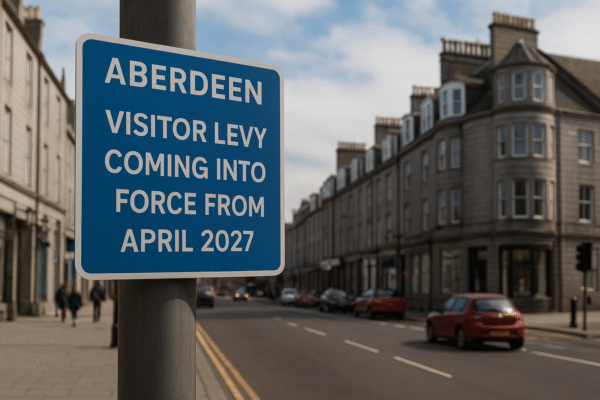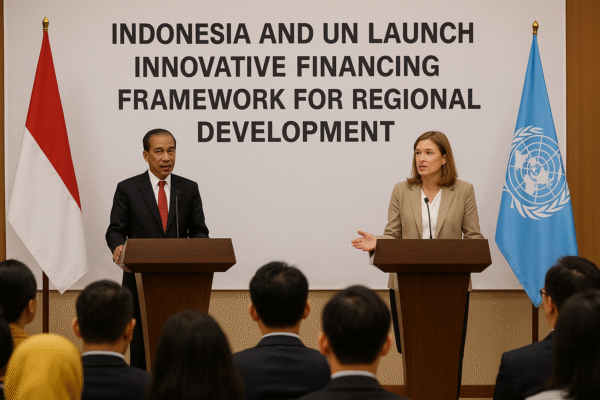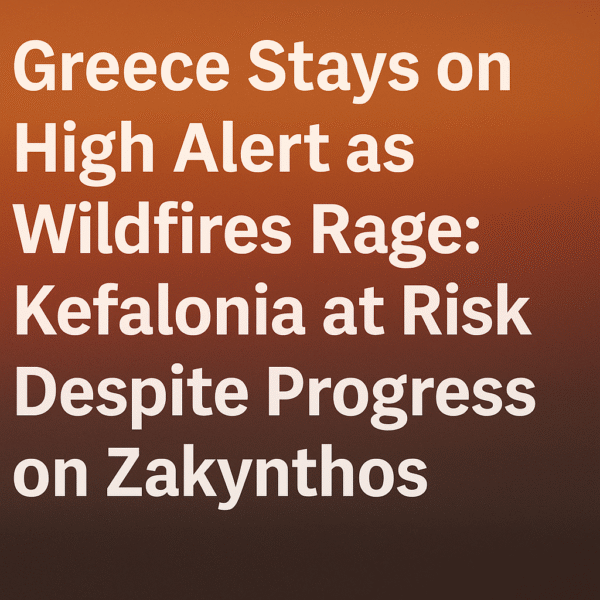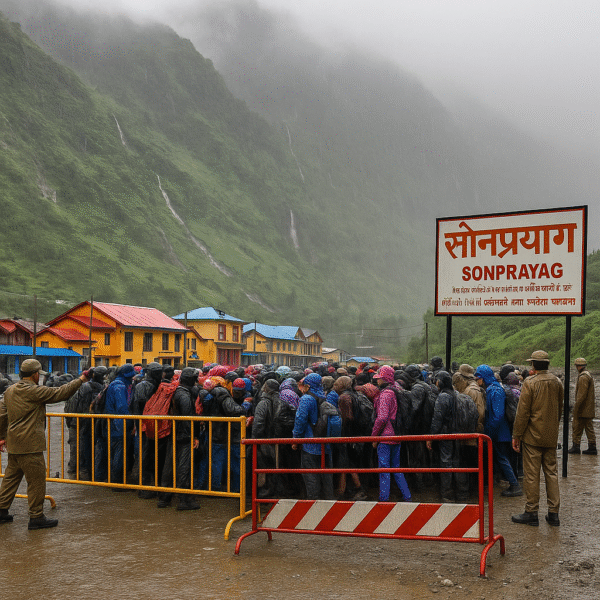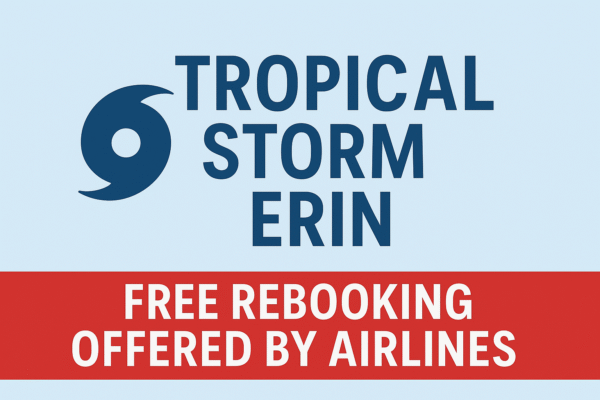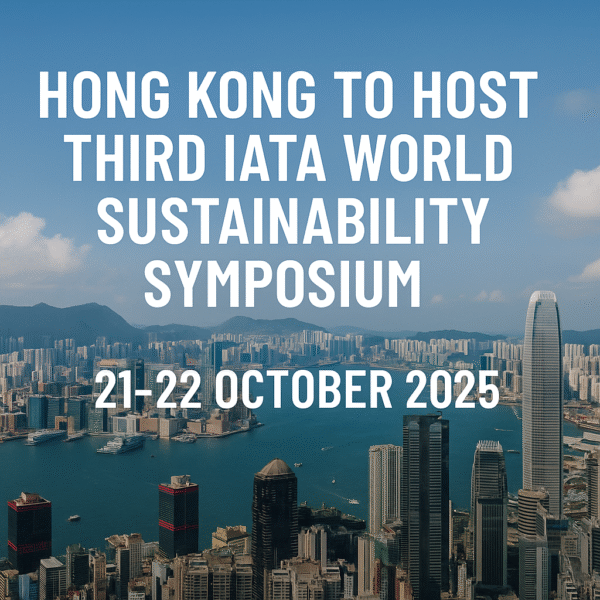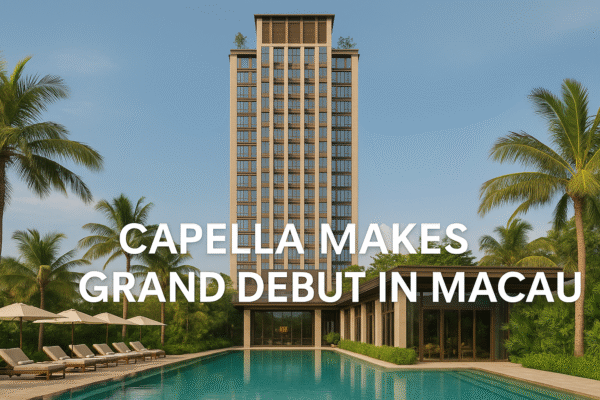Luxury Travel in 2025: Navigating Economic Uncertainty with Resilience and Experience-Led Tourism
As the global economic landscape continues to shift, questions loom over the impact on luxury tourism in 2025. Despite inflation concerns, tariff-related cost pressures, and geopolitical tensions, the luxury travel segment is proving remarkably resilient. While short-term adjustments in traveler behavior are evident, the broader trajectory for upscale tourism remains positive—driven by an evolving preference for meaningful, experience-rich journeys both domestically and abroad.
Economic Volatility and the Luxury Market Outlook
The current economic environment has brought new challenges to the hospitality industry. Rising costs tied to tariffs and inflation have affected operations across the board, from supply chains to service delivery. Yet, historical trends point to the luxury travel sector’s ability to bounce back quickly. High-net-worth individuals continue to prioritize travel as a core component of their lifestyle, treating it as a non-negotiable investment in personal enrichment rather than discretionary spending.
Luxury travel is not immune to downturns, but it is adaptable. Many affluent travelers are shifting their approach—not cutting travel out of their lives but recalibrating the how, where, and why of their trips.
A Domestic Shift: The Rise of the American Road Trip
In the United States, economic conditions are prompting a noticeable pivot toward domestic tourism. The post-pandemic boom in road travel has transformed into a lasting trend. According to recent data from Bank of America, over 70% of Americans plan to travel in summer 2025, with a significant majority choosing to remain within U.S. borders.
High-income households are driving this trend, seeking out local and regional destinations that offer luxury without international complexity. Properties that cater to these travelers by offering refined yet accessible experiences—such as wine country tours, national park lodges, and cultural heritage stays—are benefiting from this domestic focus.
Marketing Opportunities for U.S. Luxury Hoteliers
This shift opens a vital window for American hotels and resorts. By refining their domestic marketing strategies, properties can appeal to last-minute travelers and local explorers alike. Promotions centered on authenticity, regional flavor, and personalization resonate most.
Luxury travelers want more than opulence—they seek connection. Properties that integrate experiences such as farm-to-table dining with local chefs, immersive art or history tours, and wellness packages grounded in regional traditions can distinguish themselves. These strategies are particularly effective in appealing to travelers who value both comfort and cultural enrichment.
Moreover, shorter booking windows—now common across all segments—require agile marketing and quick-decision conversion strategies. Flash deals, flexible cancellation policies, and mobile-first booking platforms have become essential tools in capturing this spontaneous demand.
Rising Costs vs. Rising Expectations
Despite rising input costs—particularly in cleaning supplies, premium ingredients, and imported goods—luxury properties are maintaining high service standards. The key lies in value creation: guests are willing to spend more if they perceive meaningful returns, whether in the form of exclusive experiences, attentive service, or bespoke amenities.
Investing in guest experience, rather than cutting corners, may be the more sustainable path forward for luxury hoteliers looking to weather economic headwinds without sacrificing brand integrity.
International Luxury Travel: Europe and Asia Remain Strong
Globally, certain destinations are seeing a surge in bookings, especially among affluent travelers from the U.S., Canada, and Australia. Europe—particularly Italy, France, and the United Kingdom—continues to dominate long-haul preference lists. Meanwhile, Southeast Asia has re-emerged as a top-tier destination for those seeking culturally immersive luxury experiences at competitive price points.
According to travel agency consortiums and tourism boards, forward bookings for 2025 show strong demand for destinations offering safety, accessibility, and exclusivity. Villas in Tuscany, boutique riads in Morocco, and private island resorts in Thailand are seeing high occupancy rates well into the season.
Experience Is Everything: A Global Common Thread
Whether traveling domestically or internationally, the defining characteristic of luxury travel in 2025 is experience-driven tourism. Guests want connection—to the culture, to the land, and to themselves. This can be a guided wine tasting in Napa Valley, a cooking class in Chiang Mai, or a private opera tour in Milan.
International properties, like their U.S. counterparts, are emphasizing experiential design in their offerings. Collaborations with local artisans, culinary experts, and cultural curators are becoming standard features in premium travel packages. These efforts not only enhance guest satisfaction but also help differentiate offerings in a crowded market.
High-Income Traveler Behavior: Consistency in Uncertainty
What’s consistent across all reports is the unwavering desire among high-income travelers to explore, unwind, and invest in life-enhancing experiences. While the routes may shift—favoring domestic over international at times or opting for shorter, more frequent trips—the commitment to travel remains.
As one luxury travel analyst noted, “We’re not seeing less travel, just smarter travel.” This includes greater flexibility, emphasis on wellness and privacy, and deeper appreciation for curated, hyper-local experiences.
Looking Ahead: What Hoteliers and Travel Brands Can Do
For hospitality professionals, the path forward lies in adaptability and insight. Understanding the changing motivations of luxury travelers—and responding with thoughtful, culturally rich, and emotionally resonant offerings—is key.
Key strategies include:
- Emphasizing experience-based marketing
- Offering flexible booking policies
- Building partnerships with local businesses
- Investing in digital campaigns that target affluent regional markets
- Monitoring global economic indicators and adjusting international offerings accordingly
Conclusion: A Strong but Evolving Luxury Travel Landscape
As we move through 2025, luxury travel is proving that it can withstand economic shocks while evolving to meet new demands. The industry’s ability to pivot toward meaningful, experience-rich, and flexible travel will be the cornerstone of its continued growth.
For luxury travelers, the journey may look different—but the desire for unforgettable, enriching experiences remains unchanged. And for hoteliers and tourism operators, that unwavering demand offers a road map to long-term success, no matter the economic climate.
For more travel news like this, keep reading Global Travel Wire




